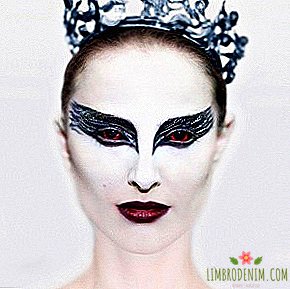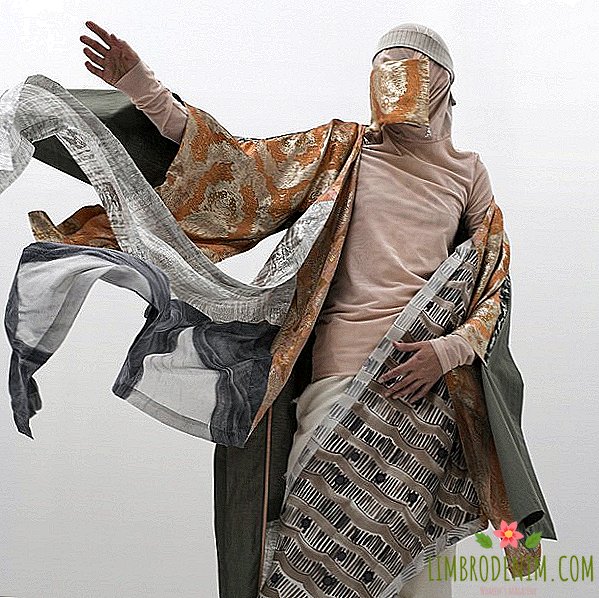"Opera": Peking Opera Students in Traditional Costumes
EVERY DAY PHOTOGRAPHERS AROUND THE WORLD looking for new ways to tell stories or to capture what we previously did not notice. We choose interesting photo projects and ask their authors what they wanted to say. This week we are publishing the project “Opera” by the French photographer Charles Frege, who for several years has been methodically removing his catalog of people in a variety of uniforms - from the characters of the Peking Opera to the bathhouse attendants and cheerleaders.
I graduated from the Rouen Regional School of Fine Arts in 2000 and immediately began working as a photographer. From the very beginning I was shooting portraits, and for me it was important that the hero was part of a certain group of people. All my photo series are devoted to people in uniform in the broad sense of the word and are a continuation of each other. I shoot an average of four projects per year, some are short - work on them takes a couple of weeks, but others, such as, for example, "Wilder Mann", stretch over several years. I try to alternate different series - short and emotional with those that are more like measured documentary. So, last year I explored the traditions, fancy dresses and the people who wear them. Before that, I was much more interested in schools, sports, and the army, so maybe I’ll sometime come back to these topics again.
On the set of all my episodes, I put on the same light and thus connect projects with each other. It is not a question of any superconcept. I still adapt the light to each new hero, but it is important for me to stick to the same technique and scheme. In this way, I limit myself and as if delineate my territory. The light I chose is not easy, and I have to carry the equipment around me around the world. Wherever I find myself: indoors, outdoors, in snow or in the desert, I shoot with the same light, in the same format and with the same attitude to the hero as in previous times. It is this monotony that makes the characteristic features of my characters and the groups to which they belong, more convex and vivid. Another very important moment for me is that the colors of the background and the costumes of the characters be combined.
I do not shoot stories, I work on a series that can consist of one or two hundred pictures. My goal is to convey to the audience an idea through a certain number of photos. As soon as I understand that this has been achieved, that the new images do not add anything new to the project, I end the series and take on another. Although I have projects that I continue to work on, because it just brings me pleasure. So, I officially finished the "Wilder Mann" series in 2011, but I continue to add new images to it until now.
In Chinese opera, a huge number of different characters, including acrobats. In the Peking Opera alone, there are 600 roles, and the same number in the Shanghai one. In every major city in China, there is an opera with its own special set of heroes. This is a separate big world, full of interesting stories. When I shot the "Opera" series, the most difficult was to understand the meaning of all these stories in costumes. Visually, everything looked just fine, but I had no idea what I was shooting. That is why two years later I returned to China to plunge deeper into the traditions of the country and finally figure it out. I went through all the stages - from make-up before going on stage to creating my own costume, participating in the production and finally shooting a video about how it all happened. It was a risky experiment, but I had to go on it in order to feel a connection with my characters and understand them.














charlesfreger.com




